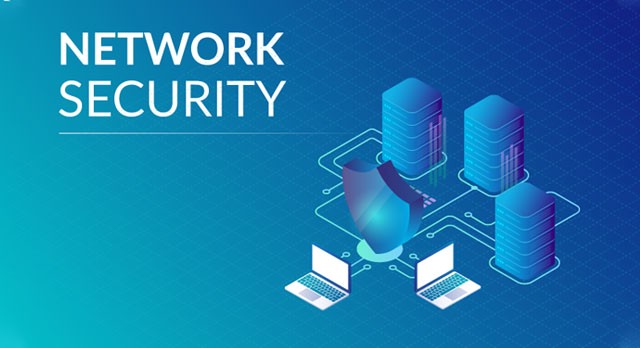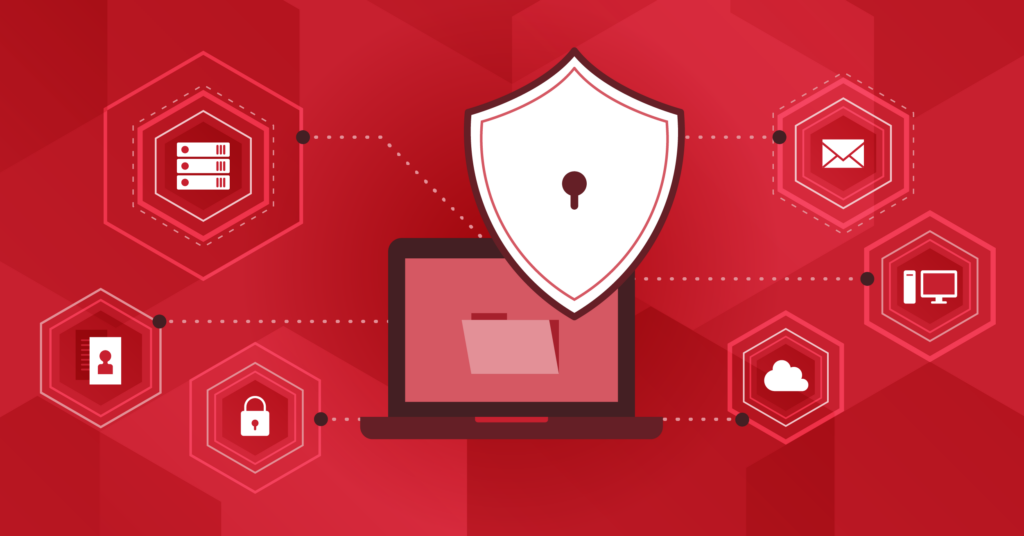What Is A Network Security Key?

What is a network security key? Technology and the internet have advanced quickly. Online users now have greater access to tools and digital services than ever before, giving them access to a level of knowledge and ease that was previously unheard of.
However, a rise in cyber threats has coincided with the internet’s quick development. The hazards to online security range from people having their credit card numbers taken to significant corporate data breaches, but there are systems in place to thwart these attacks. Digital safeguards known as network security keys serve to safeguard internet users while they are online.
Examine how network security keys serve to protect internet users’ personal information.
Let’s explore with Tech.amthucdatviet!
Contents
What Is A Network Security Key?

What is a network security key? The network security key, which is used to grant authorization and accessibility to the wireless network or device on which the client asks to connect, is a type of network password or passphrase in the form of a physical, digital signature, or biometric data password.
A secure connection between the requesting client and the serving network or wireless device, such as a router, can also be created using the security key. This guard against unauthorized access to our network and devices.
The security key comes in many different forms and is widely utilized in our daily activities, including online banking, one-time password (OTP) payments, online shopping, Internet access, mail account logins, and other network devices.
Types Of Network Security Key

Regarding what is a network security key topic, Wi-Fi protected access (WPA and WPA2) and wired equivalent privacy are the two most common types of network security keys used to issue wireless network permissions (WEP).
WEP
“[W]hen the first 802.11 Wi-Fi standard appeared in 1997, it included WEP — Wired Equivalent Privacy — which was intended to ensure the same levels of confidentiality that consumers presently expect.demand from wired networks,” according to Ars Technica. Hexadecimal keys, such as 0FAB571CD5, have both letters (from A to F) and numbers (0 to 9) in their 10- or 26-digit keys. In accordance with Ars Technica, “Later iterations of WEP introduced the option to automatically hash a human-readable password of arbitrary length into those 10- or 26-digit hexadecimal characters.” While typical,
WEP keys reveal weaknesses in its security and encryption systems. With WEP keys, the same encrypted message is sent in every connection, which means that everyone on a given network with access to the same key can view the information of anyone else on the network. Kaspersky’s research reveals that WEP keys are still frequently used in various regions of the world.
WPA/WPA2/WPA3
Due to its capacity to accept human passwords, hide a user’s information from other users on the same network, and provide authentication codes that increase the security of information carried across networks, Wi-Fi Protected Access (WPA) keys are viewed as an improvement over WEP. According to Ars Technica, “connecting to a ‘public private’ Wi-Fi network where everyone knows the password no longer meant sharing everything you sent and received with anyone else who happened to be nearby and know the password.”
WPA2 keys give network users even greater protection, just as WPA keys are an improvement over WEP keys. Because it mandates the use of the more powerful encryption mechanism known as AES, or Advanced Encryption Standard, WPA2 reportedly significantly enhances network security. According to TechTarget, AES encrypts and decrypts data using block ciphers.
WPA3 keys extend their authentication processes even more. According to an article by Curtis Franklin Jr. for InformationWeek’s Dark Reading, “the main improvement to WPA3 Personal is in the authentication process, where WPA3 makes brute-force
WPA, WPA2, and WPA3 keys are all upgrades from their predecessors, but it doesn’t mean they completely guarantee network security. Keys can still be compromised or accessed by hackers with enough time and creativity. Users that are linked to more secure networks may nonetheless find themselves exchanging information with users on less secure networks, endangering their own security and data. When sharing critical information on any connected network, users should always use caution.
Benefits of Network Security Keys

Next in the topic of what is a network security key is the benefits of network security keys.
When people look for weak or unprotected networks, they can access and compromise sensitive data communicated through and within them, including credit card numbers provided for online transactions or personal files on a digital device. This is known as wireless sniffing and unauthorized computer access. People frequently aren’t aware of these activities since they aren’t actively keeping track of who is connected to a network.
Wardriving
In a more focused variation of piggybacking known as “wardriving,” hackers target nearby, vulnerable, or insufficiently protected Wi-Fi networks. According to CISA, this might happen if a person were to connect to a network while driving and compromise the data of other connected people.
Piggybacking
When a user connects to an unprotected or insufficiently protected wireless network that is nearby, such as a neighbor’s Wi-Fi network, piggybacking takes place. That neighbor might be able to access and compromise the information belonging to the original user or even attack the network directly. People may be unaware that piggybacking is occurring since they rarely check who is logged into their network.
Evil Twin Attack
An evil twin attack involves creating a fake network that closely mimics a real one, such as a coffee shop’s Wi-Fi network that looks to have the same security standards and tricks users into thinking they’ve connected to the real network there. The information of such users could therefore be hacked simply.
Shoulder Surfing
Although less sophisticated than other digital threats, shoulder surfing is just as harmful. It happens when someone watches what data another user is entering into a computer or mobile device. By merely observing the data being entered into the device for the user in a coffee shop, a shoulder surfer could determine a network password or personal information, such as a Social Security number or home address.
Conclusion
We now understand what is a network security key and its numerous types thanks to this tutorial. We now know several helpful techniques for fixing the security key mismatch problem as well as quick configuration instructions for Windows PCs, routers, and Android phones.
Conclusion: So above is the What Is A Network Security Key? article. Hopefully with this article you can help you in life, always follow and read our good articles on the website: Tech.amthucdatviet.com




